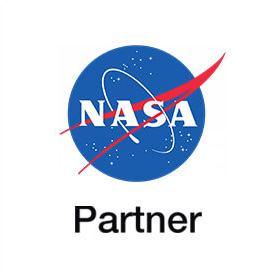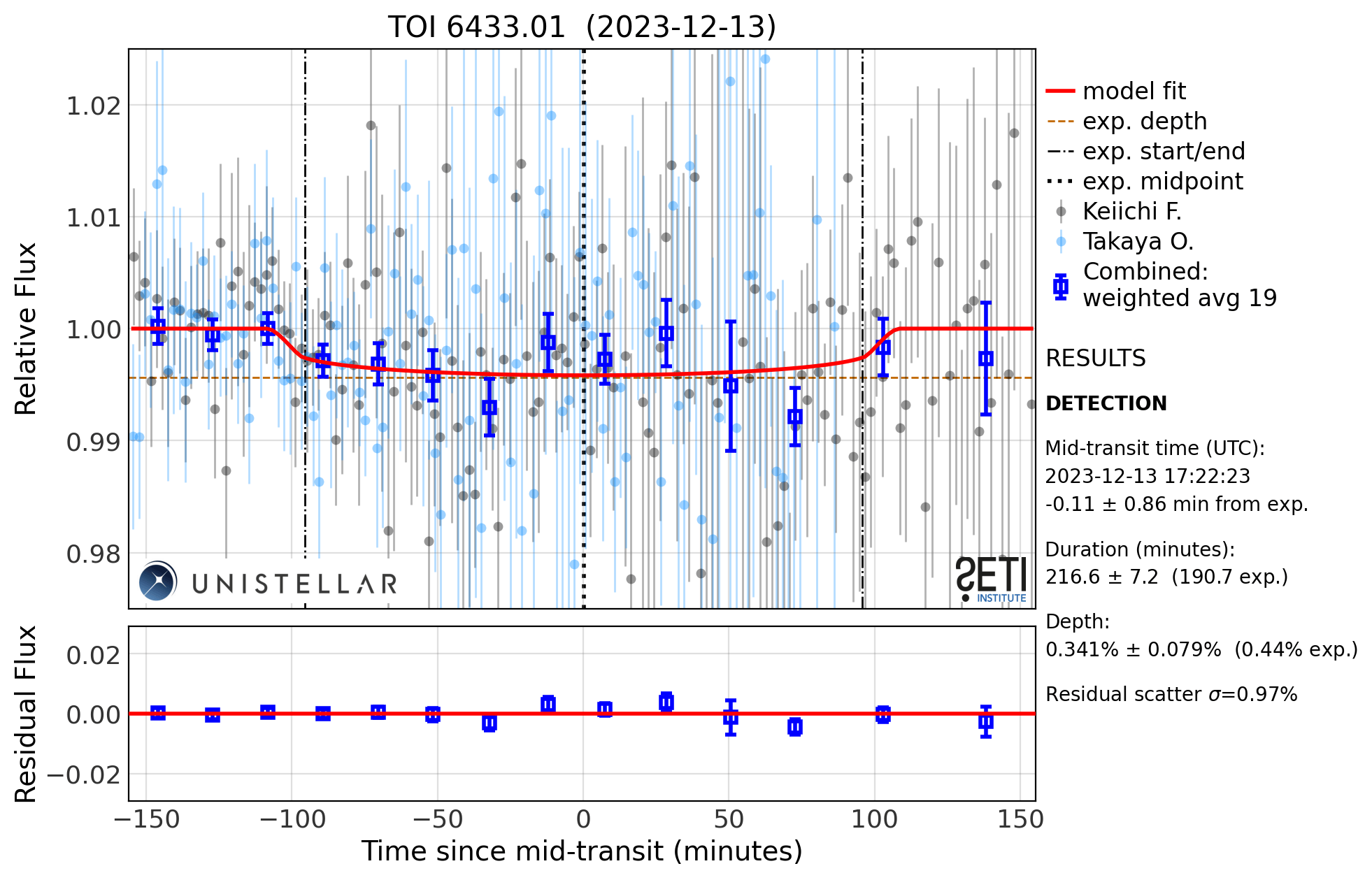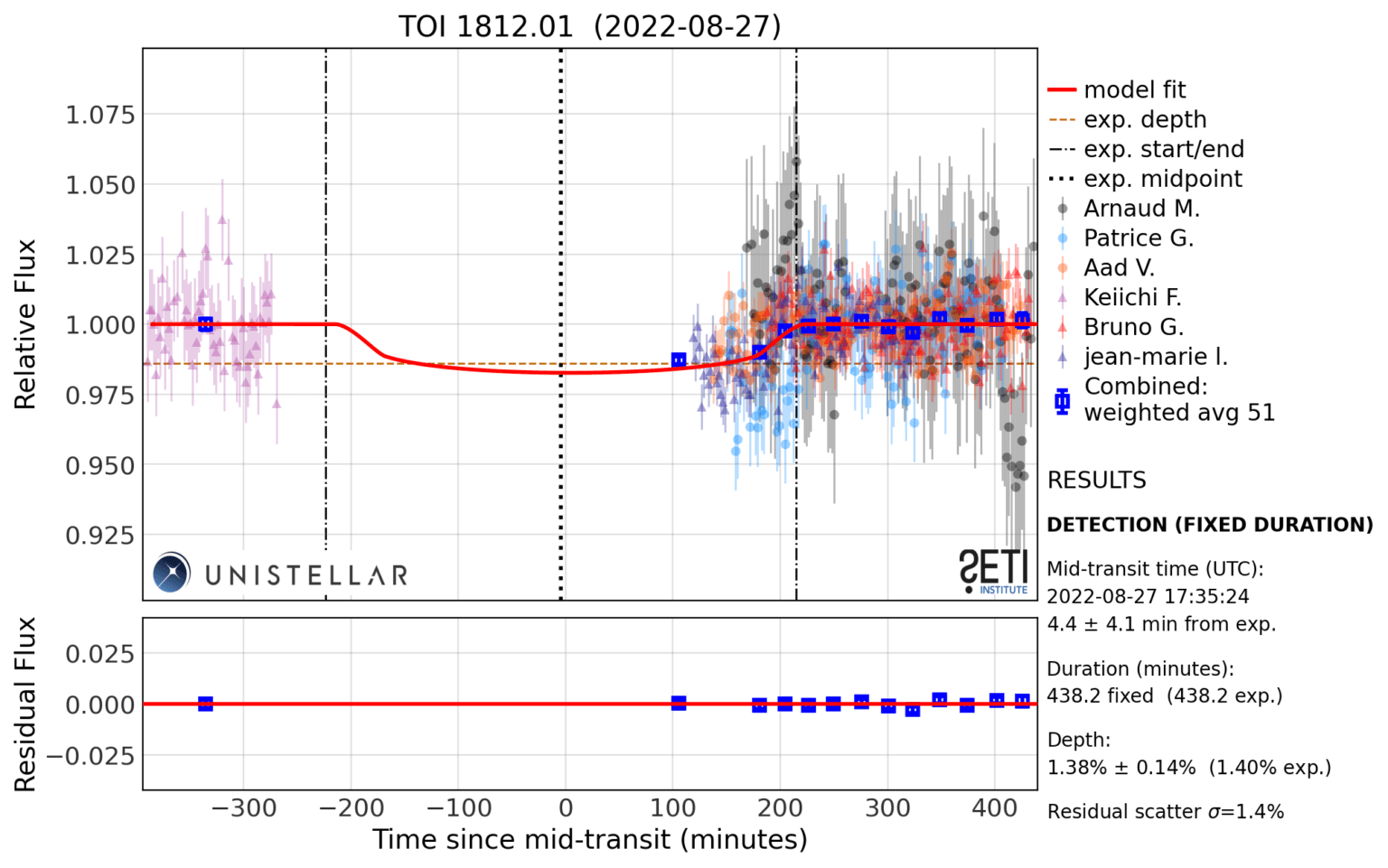SETI Institute + Unistellar Citizen Science
UNITE
Unistellar Network Investigating TESS Exoplanets
A NASA Citizen Science project

Use Your Telescope To Confirm The Existence Of Newly Discovered Worlds
Join the worldwide Unistellar Network of citizen scientists and professional astronomers to discover and characterize some of the most interesting exoplanets in our galaxy!
Giant exoplanets resembling Jupiter that have been recently discovered by TESS, NASA’s current exoplanet hunting mission, need your help. Astronomers don’t have enough information to fully understand the orbits of these planets, which take months or years to circle their star once. This is usually because TESS and other telescopes haven’t had many chances to catch the temporary dimming of the exoplanet’s star as the planet passes, or transits, in front it.
This is where you and UNITE come in! Only a network of people around the world, cooperating to observe the same target, will be able to catch more transits by these exoplanets.
This can be because these planets take many hours to transit their star (much longer than a single night on Earth) or because the dates of future transits cannot yet be accurately predicted. With your observations, scientists can understand the orbits and conditions of these foreign worlds like never before.
Explore below to learn about exoplanets or get started tonight!
Don’t have a Unistellar telescope? Here’s how you can still be part of the UNITE mission.
Featured Exoplanet Transit for February 2024:
TOI 6433.01

A tentative detection of a transit of TOI 6433.01 on 12/13/2023, made with observations from UNITE program participants
Observation dates: Feb 9 & 10
We need your help confirming the existence and period of TOI 6433.01!
TOI 6433.01 is a planet candidate discovered by NASA’s planet hunting satellite, TESS (Transiting Exoplanet Survey Satellite), that orbits a sun-like star approximately 1000 light years away from us. This particular gas giant planet is likely to be just smaller than our own Jupiter!
However, TESS only observed two transits of TOI 6433.01. These transits were 742 days apart, but that doesn’t mean that the orbital period (how long it takes the planet to orbit its parent star) is quite that long. TESS could have missed some transits in between the two it saw, since it wasn’t looking at the host star constantly. So in December of 2023, the UNITE program looked towards TOI 6433.01 to explore various windows when it might transit at a shorter period. They found a tentative detection on December 13, which would correspond to a period of 62 days! Now we need to confirm if that 62 day period is real by observing 62 days later on February 9 and 10
Join this mission and learn more with the Pick Your Target link above!
Featured Result: TOI 6433.01

Despite having two transits observed by TESS, its period (the length of its year) was poorly known: previous estimates ranged from 71 – 157 days.
To nail down the orbit, 20 Citizen Astronomers tracked TOI 1812.01 for three nights over the course of two months. Only on the third night, August 27, did they spot the exoplanet and confirm that it takes 112 days to orbit its star.
Meet the Team
Meet the SETI Institute scientists behind the Unistellar Network’s NASA-Sponsored Exoplanet Programs:
Tom Esposito, PhD – UNITE Principal Investigator, Pipeline Development
Lauren Sgro, PhD – Exoplanets Lead, Observation Planning, Data Analysis, Communications
Franck Marchis, PhD – Outreach, Communications
Previous contributors – Dr. Paul Dalba, Dr. Daniel Peluso
